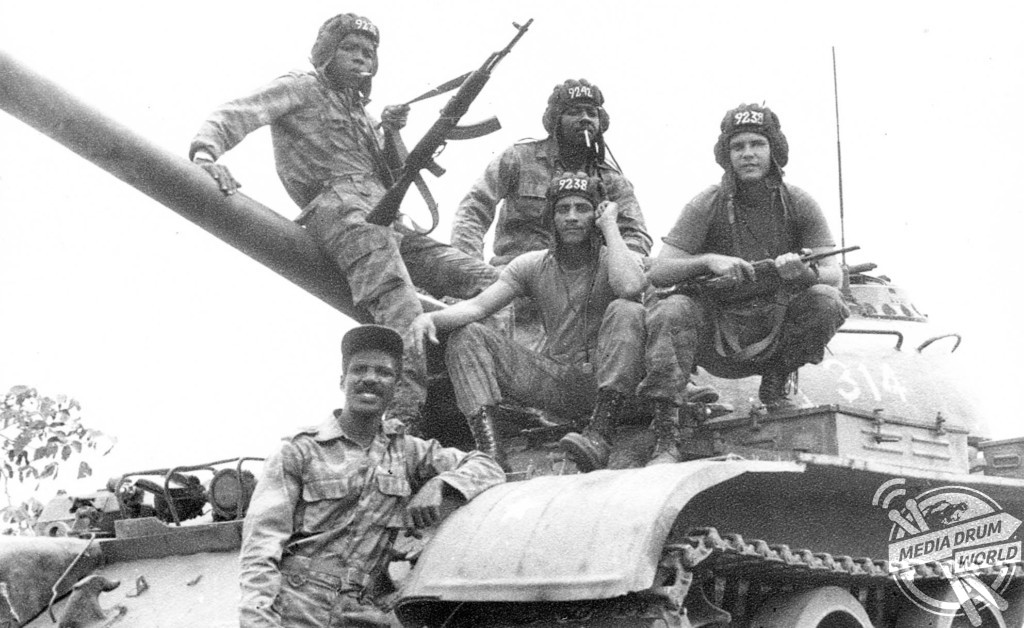By Rebecca Drew
INCREDIBLE images of South Africa’s dirty war against Cuban-backed Communists have been re-released in a new book featuring personal accounts of the combatants involved in what is known as South Africa’s, “Vietnam War”.
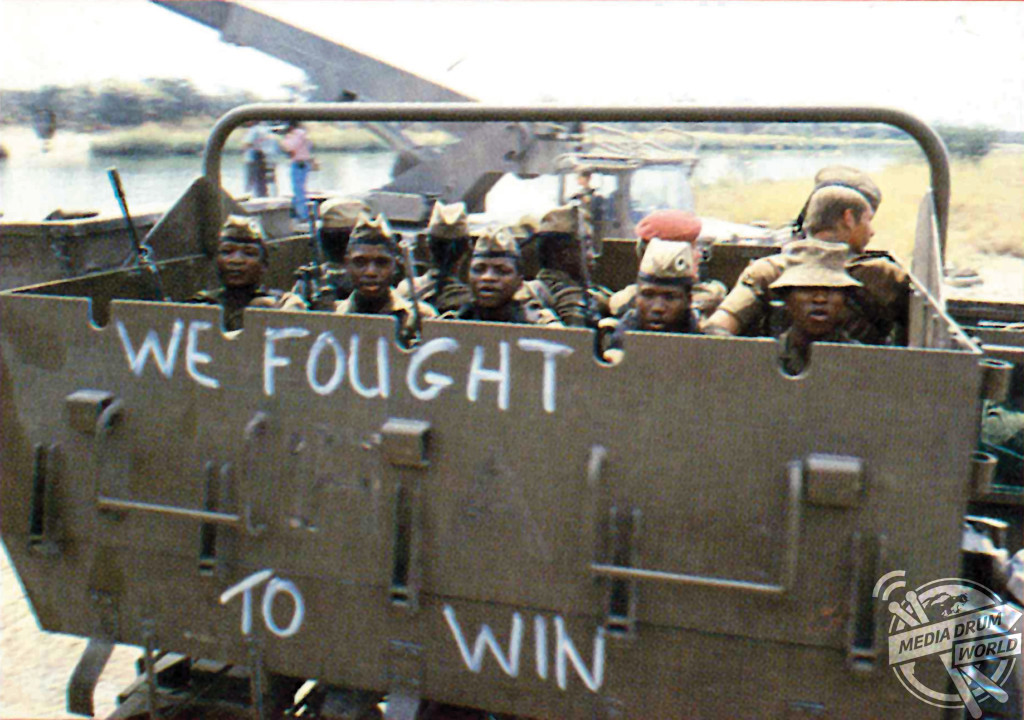
Black and white photographs show how the Cold War spilled into the African bush, with senior Western-backed UNITA general Demosthenes Chilingutila pictured, a commander of 20 SA Brigade standing with two M-46 Russian artillery pieces and South African fighters gathered together with trucks preparing for battle.
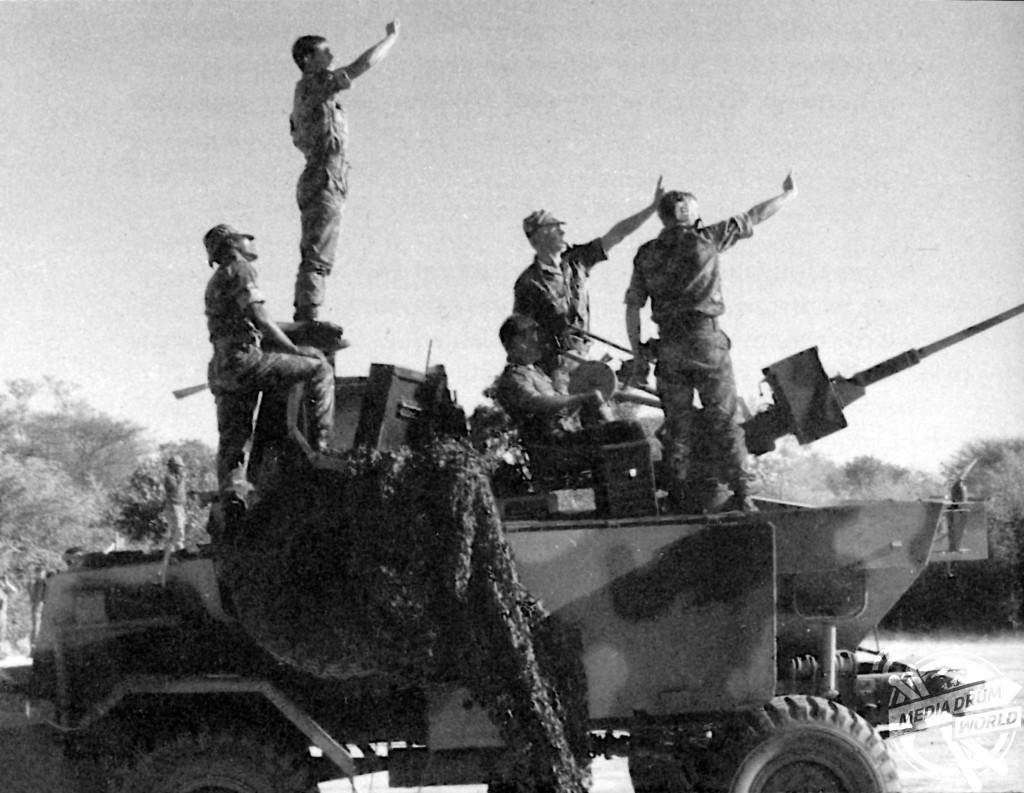
Colour shots show troops climbing over a Russian-built Mi-8 assault helicopter used by the Angolan air force and UNITA men walking along the Benguela Railway.
The pictures have been released in an updated version of The War For Africa: Twelve Months That Transformed a Continent by Fred Bridgland who reported on the conflict for many years as a foreign correspondent.
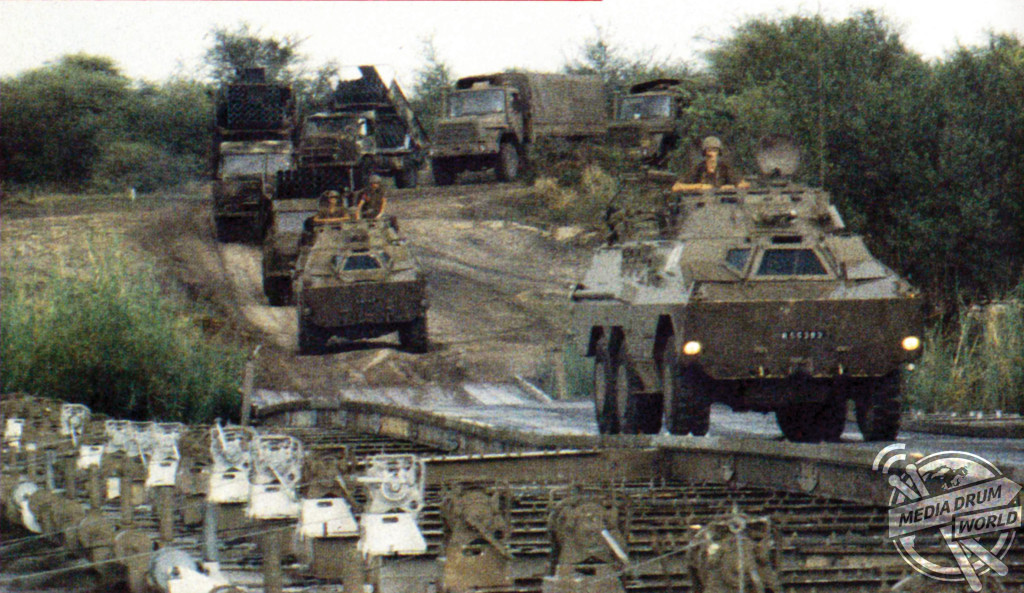
It is published by Casemate and focusses on Cuban-South African fighting in Angola in 1987-88.
“The book illustrates just how complex the war was, involving not only southern African regional powers but also the great powers, the United States and the Soviet Union, and other major players such as Cuba, the former East Germany, the United Kingdom and France,” said Fred.

“It was the Cold War at its height by proxy, fought physically in a torrid, tropical and turbulent neighbourhood. The complexity was heightened by the fact that as the fighting went on a remarkable peace process was being put in place which would result in an international agreement [the New York Accords] that brought an end to apartheid in South Africa and the establishment of multi-party democracy in Angola and Namibia.
“The 1987-88 tank battles in south-eastern Angola were the biggest on African soil since the 241-day 1941 Battle for Tobruk between Field Marshal Erwin Rommel’s German Army and the British Army’s 70th division supported by Polish, Australian, South African and Indian soldiers.
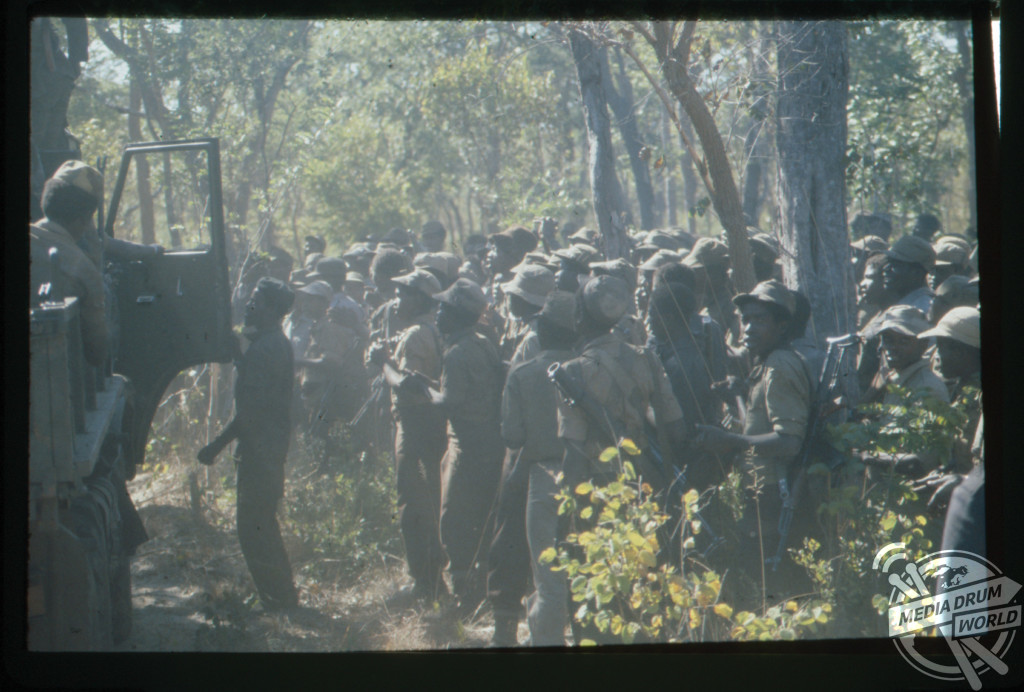
“All the fighting prior to the final 1987-88 showdown features in the book, including my own exclusive world scoop in 1975 of South Africa’s secret invasion of Angola and my travels on foot with guerrilla armies in Angola over many hundreds of miles.”
The Angolan Civil War began in 1975 soon after Angola gained independence from its former-colonial power, Portugal and continued with interludes until 2002. The conflict started as a power struggle between two former liberation movements, the National Union for the Total Independence of Angola (UNITA) and the People’s Movement for the Liberation of Angola (MPLA).
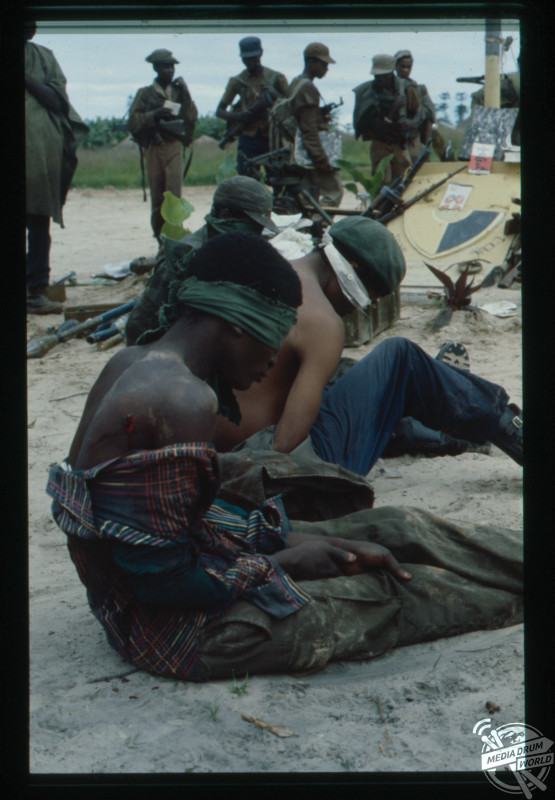
The battle soon became a Cold War struggle with the involvement of Cuba, South Africa, USA and the Soviet Union.
The new edition of the book includes new facts in its preface, prologue and epilogue.
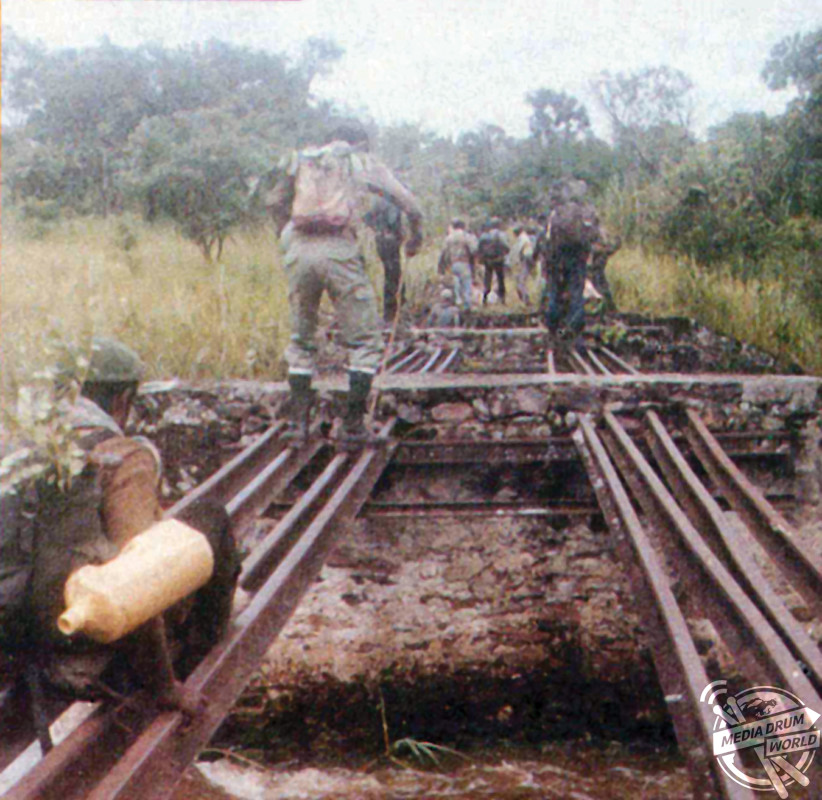
“I was particularly moved by the story of Piet van Zyl, a white captain in South Africa’s extraordinary special force mixed-race Buffalo Battalion, who was upset when ordered to make a tactical withdrawal after his platoon had attacked across a minefield and overrun trenches occupied by Angolan government troops,” he added.
“On return to ‘safety’, Van Zyl realised that one of his black soldiers was missing. Against orders from a more senior officer, Van Zyl and his lieutenant, Tobias de Villiers Vos, returned across the eight-hundred-metre minefield under heavy enemy machine-gun fire, entered the government trenches and engaged enemy infantrymen in a firefight. They found the missing soldier.
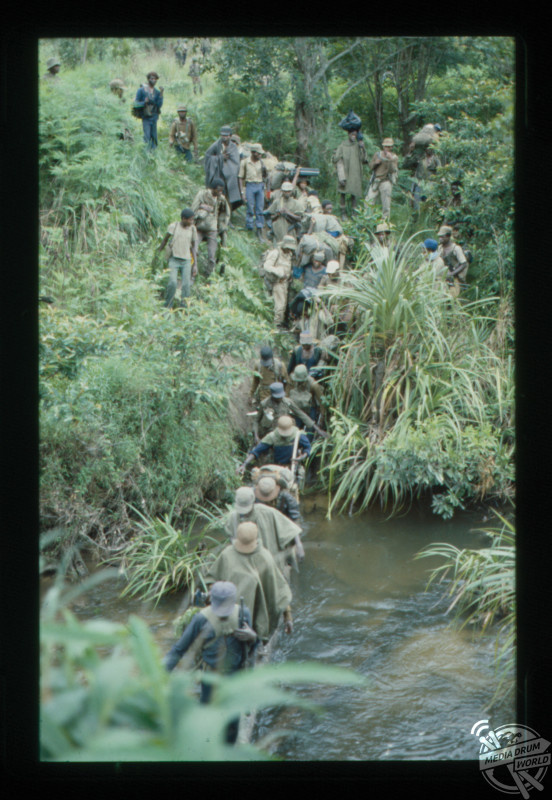
“He was alive, but had a serious back wound. Van Zyl and De Villiers Vos made a stretcher for their wounded comrade with their rifles and ground sheets and began running back to safety, which they achieved under protective fire from their own side’s armoured cars.
“He said the Buffalo Battalion’s credo was always to recover all of its men, whether alive or dead, after combat.”
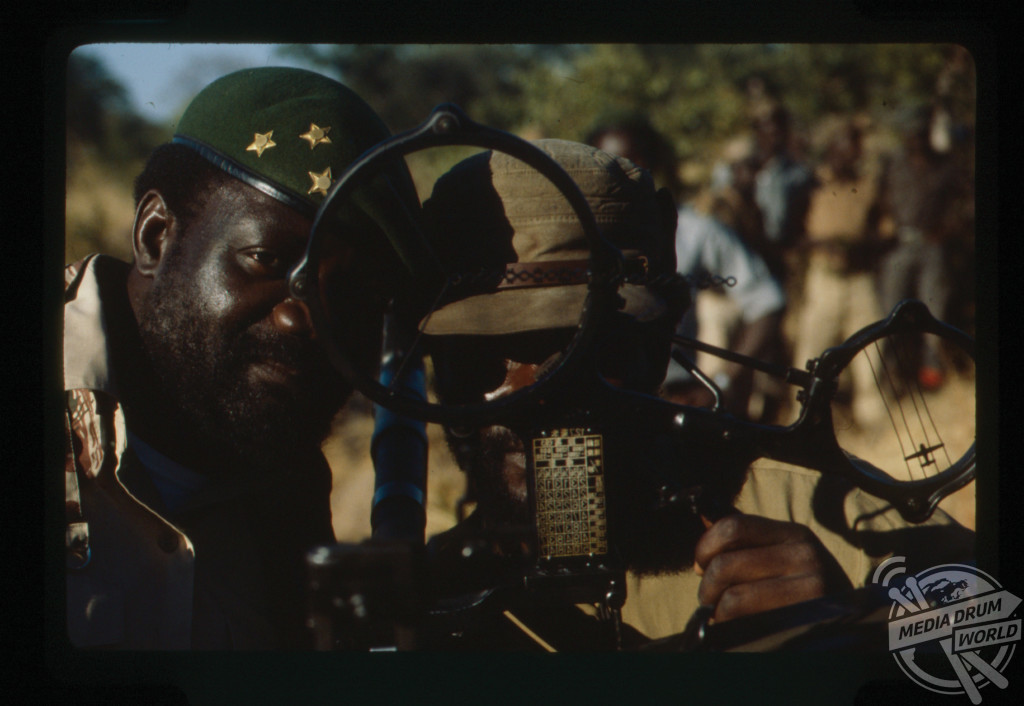
The War For Africa: Twelve Months That Transformed a Continent by Fred Bridgland and published by Casemate is now available to buy for RRP £25.00.

